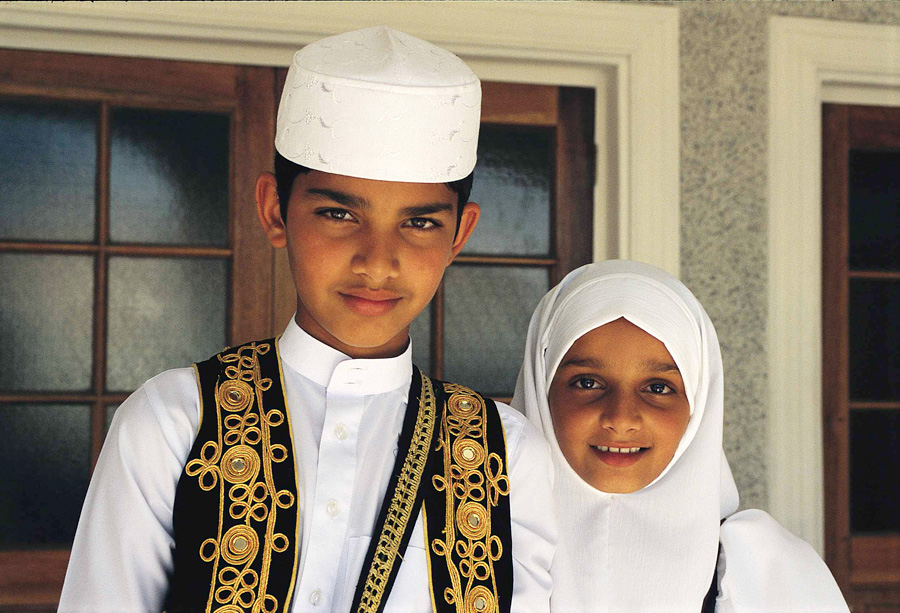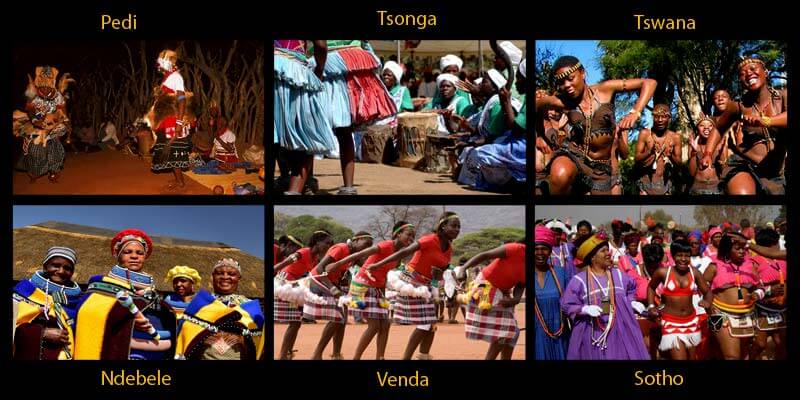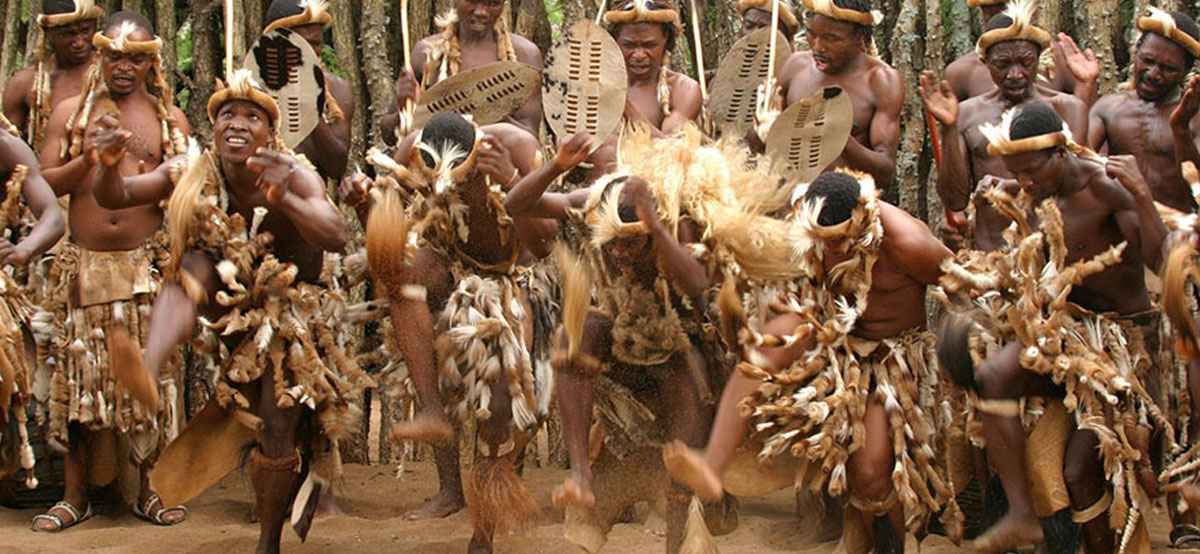What Does South African Culture Today Do?
Table of ContentsHow South African Culture Today can Save You Time, Stress, and Money.The Ultimate Guide To South African Culture Today4 Simple Techniques For South African Culture Today4 Simple Techniques For South African Culture TodayThe Facts About South African Culture Today UncoveredIndicators on South African Culture Today You Need To Know
A matter of significance in Zambian towns is the passing away of enjoyed ones. All participants of the town placed money, time and effort together for the interment of the deceased.Throughout the grieving duration; males remain outside the house and the women stay inside your home of the deceased. After speaking about the dead, the town strolls to the area of funeral to state their last goodbyes. Music and dance is a very crucial facet of the Zambian society. The numerous tribal devices have their very own dancing types; nonetheless, makishi prevails among all people.
About South African Culture Today
When it comes to music, drums are used the most, with a selection of drumming ceremonies. In Zambia, majority of the individuals are Christian; Protestant and Roman Catholic. There are small teams of Muslims and Hindus, with the remainder complying with local native tribal ideas.

South African heritage and culture is immensely diverse, and consists of numerous different groups of people who each have their own traditions and beliefs. Having such a diversity of people and cultures is what makes South Africa so unique. In real sense of the expression, we are a rainbow nation.
Making it the 7th on the listing of countries with the most Portuguese people in it outside of Portugal. Portuguese is not only a culture, but it is additionally a language and a race. Portuguese individuals stem from the nation of Portugal in Europe, nonetheless, due to Portugal (like numerous various other countries in Europe) discovering the globe and dominating various other nations during the 15th 20th centuries, South Africa has what we call Portuguese South African's living in it.
Little Known Questions About South African Culture Today.
Among the prominent functions of the topography is a plateau that covers almost 2 thirds of the facility of the country. The plateau facility rises towards the southeast, where it climaxes in the Drakensberg range, component of a cliff that separates the plateau from the coastal locations. The Drakensburg consists of Sparkling wine Castle, the highest possible peak in the country.
The area north of the Witwatersrand, called the bushveld, slopes downward from eastern to west toward the Limpopo River, which develops the global border. The western section of the plateau, the middleveld, likewise comes down towards the west and varies in altitude in between the highveld and bushveld. Between the Drakensburg and the eastern and southern coast, the land comes down to the sea.
Nearer the coast there is a low-lying plain called the eastern lowveld. Southwest of the plateau the nation comes to be gradually a lot more dry, paving the way to the hostile desert of the Great Karroo, bordered on the eastern by the reduced, better watered plateau of the Little Karroo. Separating the completely dry southern inside from the sandy littoral of the southerly shore and West Cape is one more variety, the Langeberg.
Rumored Buzz on South African Culture Today
The country's racially, ethnically, and politically split background has created nationwide and subnational icons that still operate as signs of the country, and others signs that are accepted just by particular teams. The monuments to white settler conquest and political supremacy, such as the Afrikaner Voortrekker ("pioneer") Monument in Pretoria and the Rhodes Monolith recognizing the British colonial realm builder and Cape head of state Cecil Rhodes, continue to be sectarian icons.
The very first contemporary residents were the San ("bushman") hunter-gatherers and the Khoi ("Hottentot") peoples, that rounded up livestock (South African culture today). The San may have been present for thousands of years and left proof of their existence in hundreds of old cave paintings ("rock art"). Bantu-speaking clans that were the forefathers of the helpful resources Nguni (today's amaZulu, amaXhosa, amaSwazi, and vaTsonga peoples) and Tswana-Sotho language teams (today's Batswana and Southern and Northern Basotho) moved down from eastern Africa as very early as the fifteenth century

Both previous republics of the Orange Free State and Transvaal (South African Republic) were developed by Afrikaner settlers who you could try these out beat and dispossessed the Basotho and Batswana. Lesotho would have been by force incorporated right into the Orange Free State without the expansion of British security in 1869. The supreme marriage of the nation resulted from the South African War (18991902) in between the British and the 2 Afrikaner republics, which decreased the nation to ruin at the beginning of the twentieth century.
Afrikaners traditionally considered themselves the only real South Africans and, while granting full citizenship to all residents of European descent, rejected that condition to individuals of shade until the democratic transition of 1994. British South Africans maintain a feeling of social and social link to Great Britain without deteriorating their identification as South Africans.
South African Culture Today Can Be Fun For Everyone
The diversity and fragmentation within ethnic groupings and the balance of tensions between those groups during the twentieth century prevented interethnic civil dispute. While intergroup stress over resources, entitlements, and political prominence remain, those disputes are as most likely to match Zulu versus Zulu as Zulu versus Xhosa or African against Afrikaner.
From colonial India, British merchants and managers brought the curved steel decorative roof coverings and slender lace job pillars that still exemplify the outdoor patios of homes in towns and cities throughout the nation. Holy places contribute an important building element even in the browse around these guys tiniest towns. In addition to the soaring steeples and timeless stonework of Afrikaans Dutch Reformed churches, Anglican churches, synagogues, mosques, and Hindu temples supply range to the religious architectural scene.

Butchering and the developing of conventional grain beer are vital in protecting the participation and a good reputation of the ancestors who are considered the guardians of good lot of money, prosperity, and health. Indian communities preserve their indigenous cooking traditions and apply them on Islamic and Hindu ritual and ceremonial events. Afrikaners and Coloured individuals collect at weekends and special occasions at multifamily barbeques called braais, where area bonds are enhanced.
Due to the fact that this was the primary economic enterprise of both black Africans and white colonists, dispute between those groups focused on the possession of grazing land and livestock. In 1867, the largest diamond deposits in the world were discovered at Kimberley in the west central area. The wealth from those fields assisted finance the exploitation of the greatest gold reef worldwide, which was discovered on the Witwatersrand in 1886.
About South African Culture Today
This caused misconceptions and intentional misrepresentation in the transactions of white inhabitants and federal government officials with African chiefs throughout the colonial duration (South African culture today). In the facility of African books, some aspects of public and primarily "tribal trust fund" land period were protected, and even in white rural locations, types of common tenure were still exercised in areas with African neighborhoods
After the democratic change of 1994, programs for land restitution, redistribution, and reform were set up, but progression has actually been sluggish. The white minority still manages eighty percent of the land. In the wake of farming land invasions in Zimbabwe, the Department of Land Affairs has actually promised to speed land redistribution.
Comments on “Rumored Buzz on South African Culture Today”